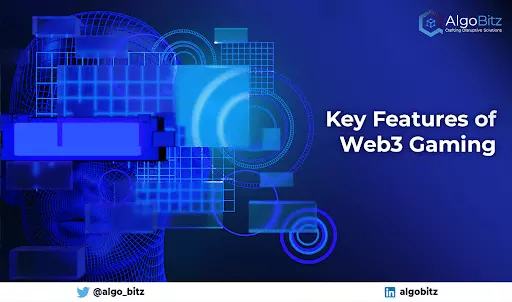The Web3 revolution, and Web3 gaming is the next kid on the block. Web3 games are open-source online games that use blockchain technology as an underlying pillar of a game’s economy. Web gaming has a value-exchange model for gaming so that gamers can own and trade in-game assets and collectibles via unique NFTs, using game tokens or cryptocurrencies. The characteristic of the play-to-earn Web3 game economics that a player can own in-game assets draws a sheer contrast to traditional game economies, which were majorly based on a closed environment, restricting gamers from buying or selling in-game earnings for real-world value.
Web3 gaming has been so far successful in providing self-sovereignty and decentralization in gaming. There are many names by which Web3 games are being adapted and promoted by gaming communities, like Play-to-Earn games, Crypto games, NFT games, etc. The assets inside the game are tangibly owned by the players as NFTs and liquid markets are established for trading these assets. Neither any central authority has governance on the Web3 gaming ecosystem, nor on the ownership of in-game assets and gameplay experiences. The players, or Gaming DAOs, manage the governance inside a Web3 game and the players have sole ownership over their earnings in this decentralized environment.
Let us go through some fundamental features of Web3 gaming platforms:
Ownership and interoperability
While playing traditional games, players tend to lose all of their in-game assets once they decide to change the game or the gaming platform. Moreover, there was no real-world value to their digital assets. Whereas in Web3 gaming, gamers completely own their in-game assets and collectibles in the form of NFTs, which they earn through their time and efforts inside the game. This feature wraps around the concept of self-sovereignty by giving players the true ownership and interoperability of sharing their in-game digital assets across multiple platforms. That simply means that any gamer can own in-game assets on one platform and take them over to the next Web3 gaming platform of his choice, without losing their significance and value.
Integrating Traditional Games
The gaming experience is quite personalized in nature, as every gamer has his/her preferences on games, genre, characters, etc. and Web3 brings in the feature to integrate the upgraded model of old yet loved games into the metaverse and blockchain platforms, incorporating decentralization in its core to expand the domain of what players can actually do in the game. With old games mutated on the Web3 framework and running in the metaverse, players can now create their avatars there and start trading their favorite in-game collectibles and digital assets in marketplaces and take advantage of earning in cryptocurrencies or game tokens.
Player-driven Game Economics
Blending the cryptocurrencies in gaming by the Play-to-Earn model of Web3 gaming makes the gaming economies more approachable, empowering the players to engage in P2E economics. The native integration between traditional MMO (Massive Multiplayer Online) game economics and P2E economics (which includes virtual assets, economic techniques and player coordination models) opens up a proper distribution framework for players. This will help in aligning incentives for gamers and game developers, along with establishing true ownership of digital assets and advancement in the game.
WEB3 games negligible downtime
Web3 gaming has been able to be highly scalable and take full advantage of the attributes of decentralization, like block minting, very low maintenance cost, high data storage availability and no involvement of any centralized authority for governance, to execute autonomously and give negligible downtime to its users.
Transparency in gaming
With an established distributed framework, Web3 games are hosted on the unhackable blockchain network, thus heightening the security of the model. Another feature of blockchain technology, that is utilized in Web3 games, is DAOs (Decentralized Autonomous Organizations) which merges a high level of transparency in this model. DAOs provide the voting consensus for any modification in the game and this voting consensus can be impartially accessed by any player of the game community.
Closing Thoughts on WEB3 gaming
The prospects of Web3 gaming look encouraging in 2022 as more and more P2E games and metaverses are going live on the blockchain platform on an everyday basis. It is expected that the metaverse market will touch $800B by 2024, as this expanding virtual world and its P2E model is onboarding new users continuously in its ecosystem. As the Web3 gaming industry evolves, the demand for a massive amount of digital infrastructure and Metaverse development expertise is rising constantly.
We, at Algobitz, have recently established the center of excellence for Web 3.0 gaming which will bring a paradigm shift in our mission to offer world-class Gaming solutions, animation, design and Blockchain tech for Global Gaming studios. The new vertical is full of talented Game Producers, Game design artists and developers, giving them access to best-in-class infrastructure and R&D lab facilities, to build innovative games for Web 2.0 and Web 3.0 concurrently. To know more, check out: Algo Studios.





